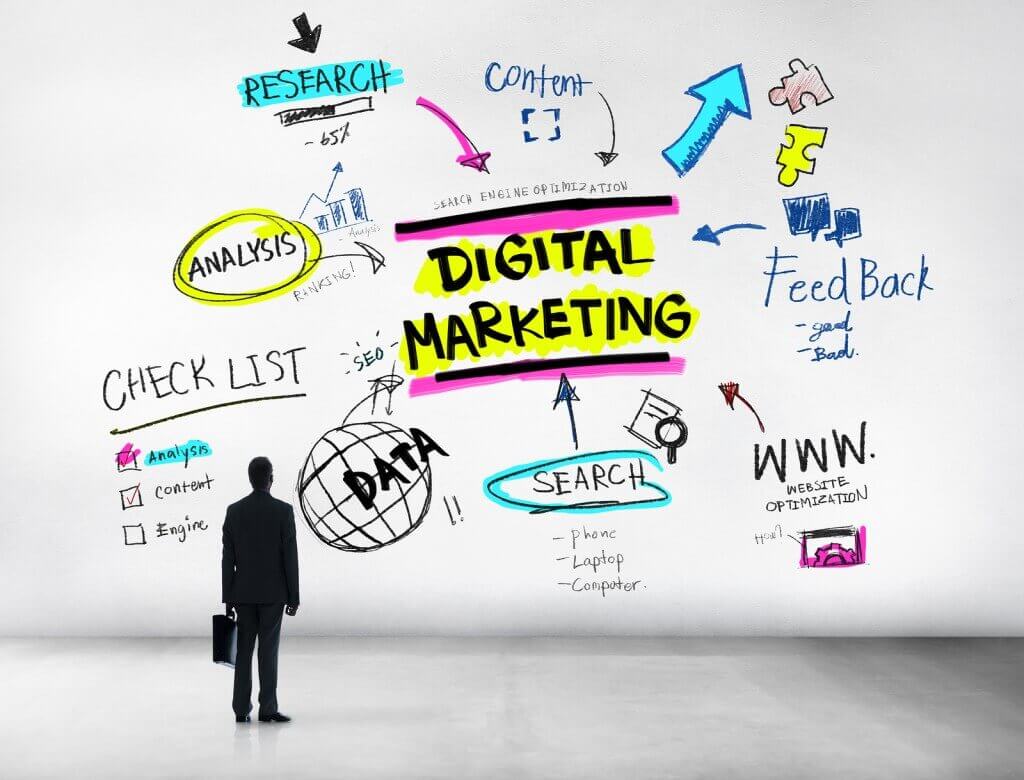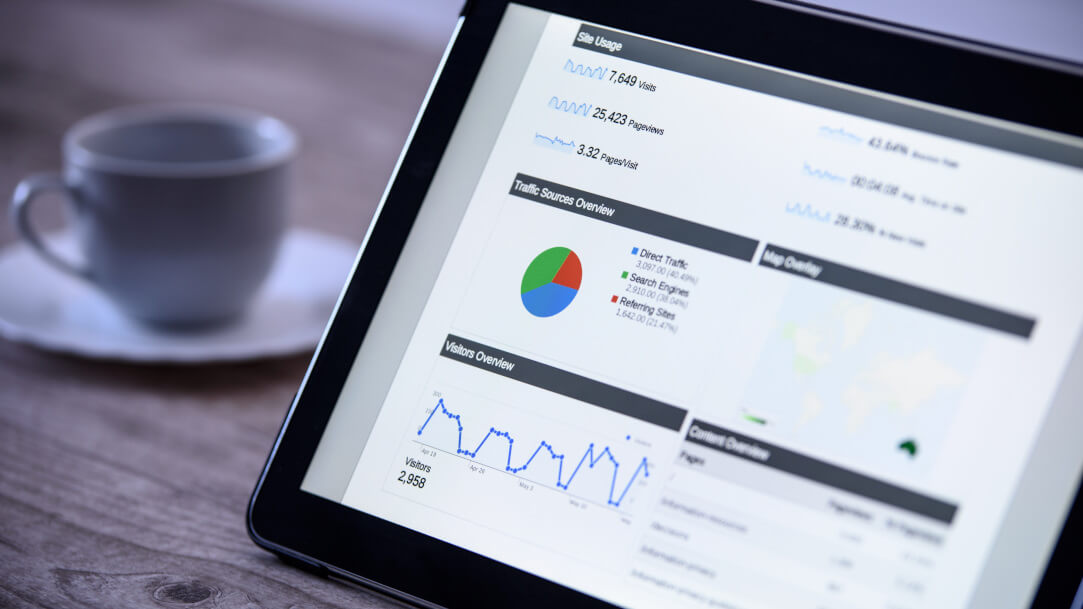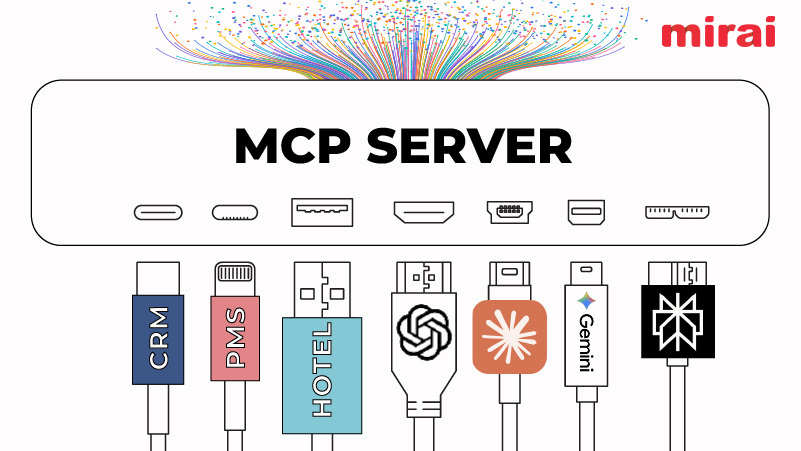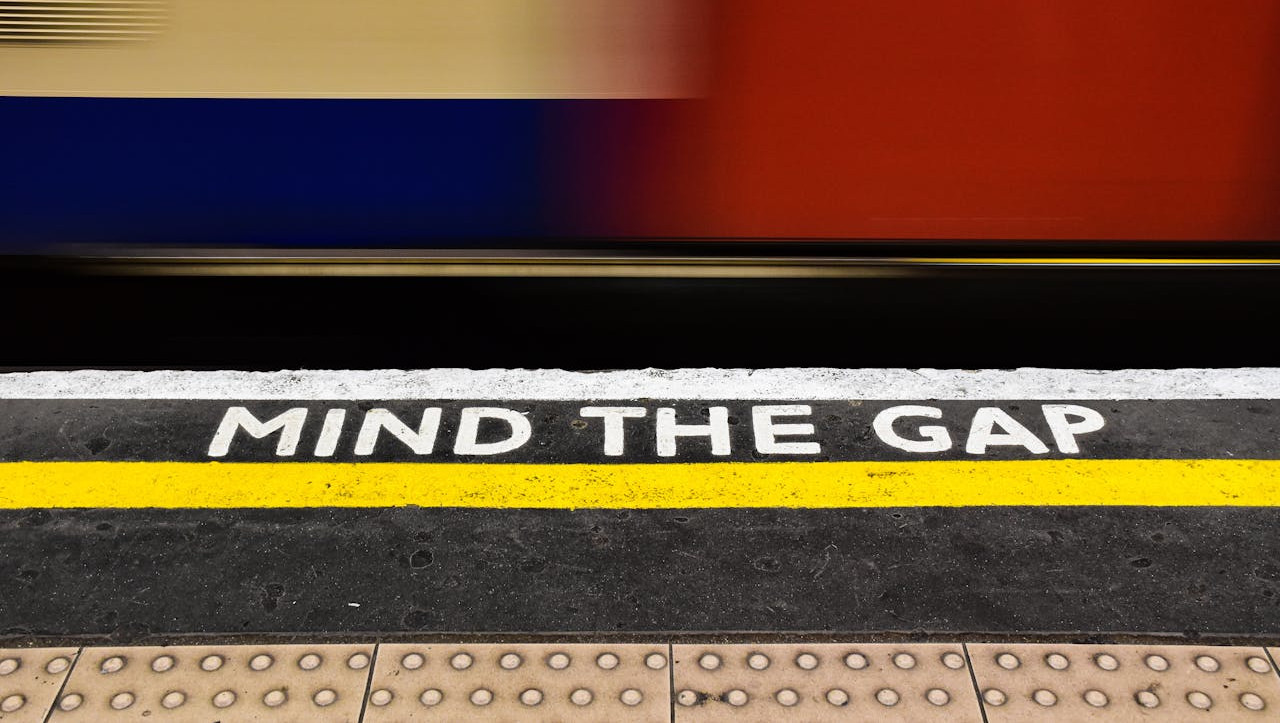
Reflecting on 2016 and successful hotel digital marketing campaigns that impacted the industry, there was an obvious and substantial emphasis on ‘Book Direct’ strategies. Hoteliers have been testing out multiple strategies to increase bookings on their own websites, from loyalty member-only rates, special incentives, unique packages found only on the hotel website, and more. Why? With distribution costs rising steadily over the last five years due to OTAs increasing market share over 40% (vs. hotel direct bookings), hoteliers are starting to understand this is not a sustainable business model.
In 2017, lowering distribution costs (the only cost driver hotels have control over), will be the only way to improve top line revenue and the bottom line. In most of the major markets, increasing ADRs, improving occupancy and RevPAR will not be easy. The good news is that with the right focus and appropriate investments in digital technology and marketing initiatives, significantly more profitable bookings and a decreased dependency on the OTAs can be realized.
To help you navigate what is forecasted to be a challenging year in our industry, we present “The Smart Hotelier’s Top Ten Digital Marketing Resolutions” for the seventeenth year in a row.
- Knowing that 2017 will be the year of Smart Data Marketing, I will balance the use of CRM data with Intent Data (in-market) to engage, retain and acquire both past and future guests.
Situation:
Every hotelier has access to more data than they realize, and they can use this data to build a digital marketing plan that reaches the right people, at the right time, on the right device to win the booking. This data is either in the form of CRM data (data about past guests), or Intent Data, data that tells us what people are planning a trip to a specific destination, and when. On any given night, with an average of 15-25% of guests at a typical independent hotel being repeat guests, using CRM data is only part of the equation. Focusing on reaching guests who have not stayed at your property before but are actively planning a trip to your property’s destination will result in a much higher percentage of direct bookings.
Balancing the use of both sets of data – CRM Data and Intent Data – in your digital marketing initiatives to engage past and future guests is called ‘Smart Data Marketing.’ Watch this video, which brings Smart Data Marketing to life:
Read rest of the article at HeBS Digital




